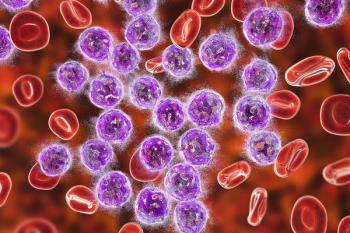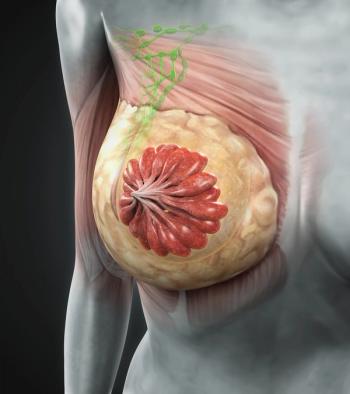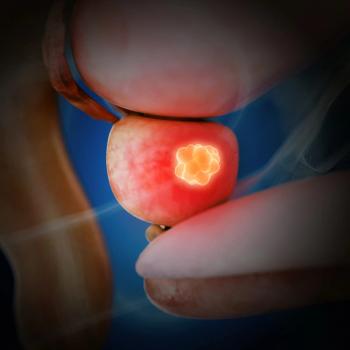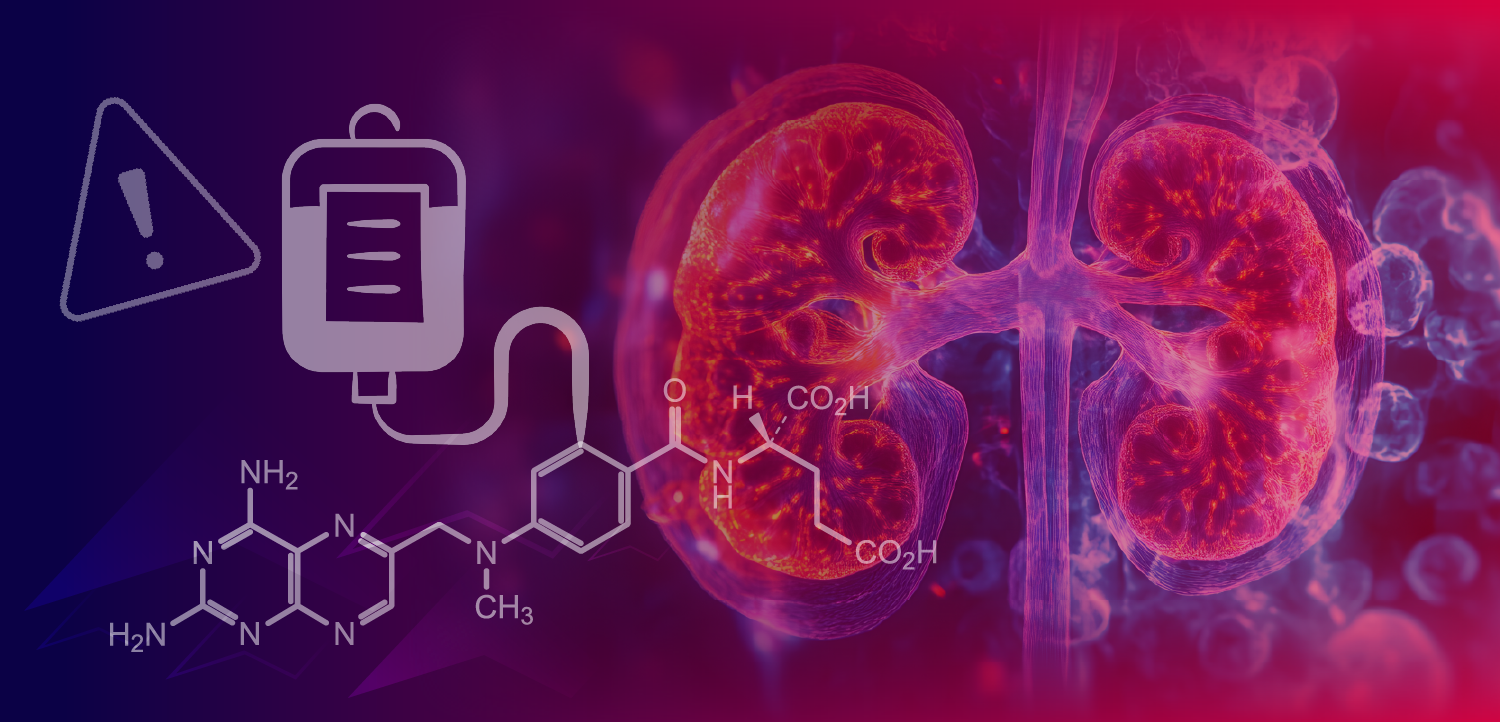
Making a ‘World of Difference’ Via Multidisciplinary Care in GI, GU Cancers
Various methods of communication ensure that members from radiation oncology, pathology, and other departments are on the same page regarding treatment.
Cancer care works best “as a team sport,” according to Rachit Kumar, MD.
In a discussion with CancerNetwork®, Kumar highlighted how different departments from his institution work to deliver multidisciplinary care and improve outcomes among patients with different gastrointestinal and genitourinary malignancies. A team approach, he noted, allows multiple members to review different treatment options, which can make a “world of difference” for patients. Additionally, he stated that those from his institution work well as a team, emphasizing communication across radiation oncology, radiology, pathology, and other units to ensure accurate diagnoses and scans.
Kumar is an assistant professor of Radiation Oncology and Molecular Radiation Sciences at Johns Hopkins School of Medicine and a radiation oncologist specializing in genitourinary and gastrointestinal cancers at Johns Hopkins Sidney Kimmel Comprehensive Cancer Center for Sibley Memorial Hospital and Suburban Hospital.
Transcript:
In any setting, we would like to believe that medicine is best as a team sport. It’s better for physicians to have other physicians on whom to balance ideas. It’s better for patients to know that their team is working together, and this has been supported by the data.
We know that multidisciplinary care leads to better outcomes for patients. If we even look at the National Comprehensive Cancer Network [NCCN] guidelines, [they] recommend that we seek multidisciplinary care for our patients, and that’s no mystery. We know that outcomes are improved when we all put our heads together and come up with a treatment plan for patients. The other thing that [multidisciplinary care] does is take away this idea that one individual is making the decision for a patient. [With] a team approach, we’re looking at all the different options and coming together.
I’m very biased when I say this, but I know that my bias is that at my institution, we work exceptionally well as a team. Being able to communicate, not just digitally over the patient’s chart but also with a phone call, a text message, [or] a multidisciplinary meeting, makes a world of difference. It’s very helpful to be able to call one of my colleagues and make sure that we’re on the same page in terms of what the next steps should be. It’s very helpful for me to call one of my colleagues in radiology or pathology to ensure that what we are looking at as a team [is something] we’re all feeling very accurate about. [That includes the] diagnosis and the patient’s pathology and scans.
Multidisciplinary care makes a world of difference for the patient. I can say that our team works so well because of that collaborative effort as a multidisciplinary team.
Newsletter
Stay up to date on recent advances in the multidisciplinary approach to cancer.





















































































